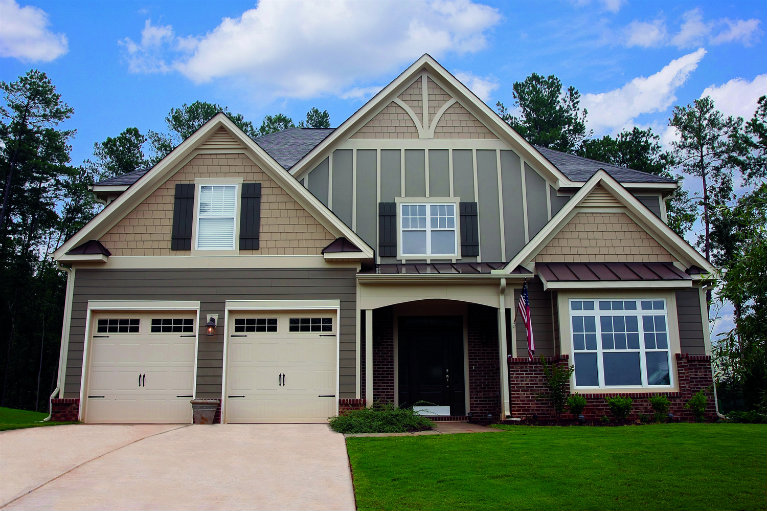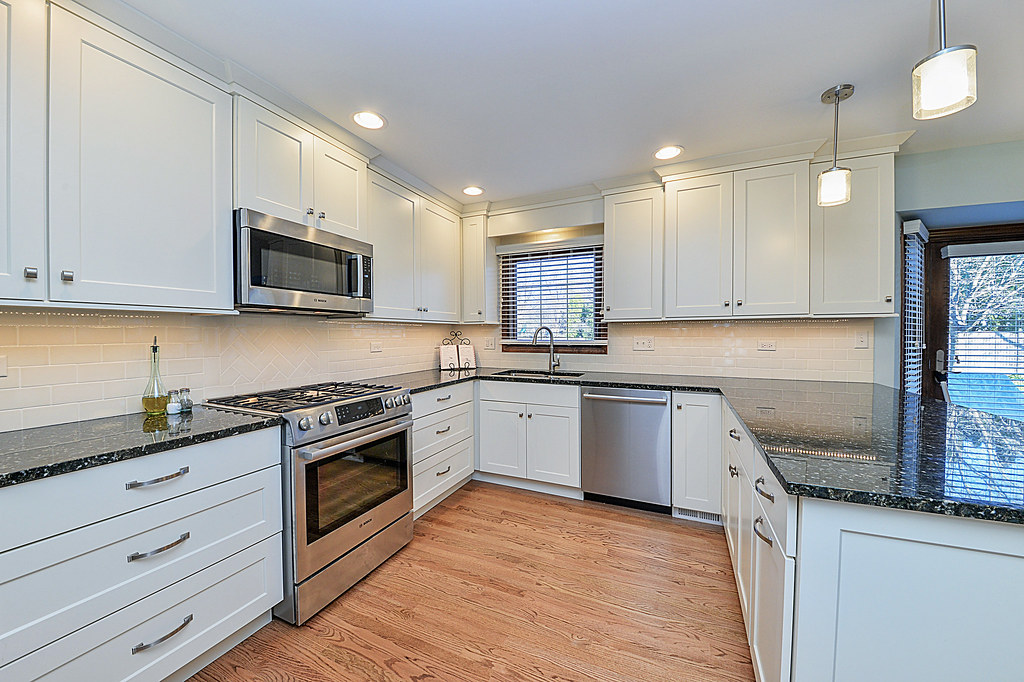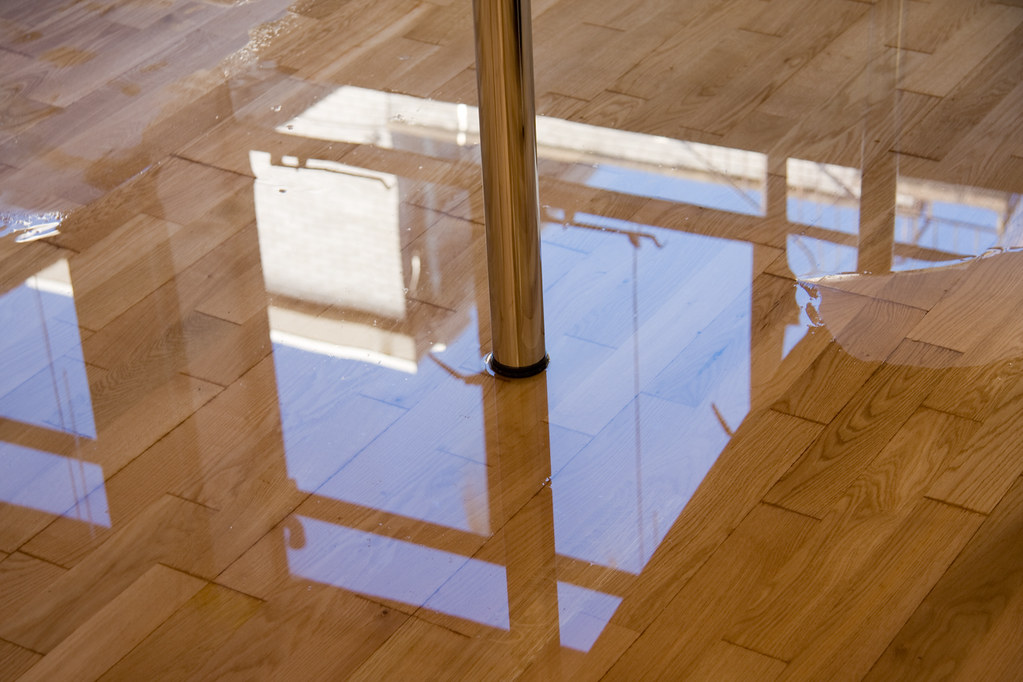Vinyl siding has come a long way since it first came on the market, now offered in many different styles and colors. However, it still looks like plastic and doesn’t look as natural as real wood or fiber cement.
It can also crack in very cold weather, and if this happens moisture can enter the wall and cause mold and mildew.
Cost
Vinyl is tough, comes in a variety of colors and textures, and can be made to look like cladding, wood shingles or logs. It can also be molded to imitate the style of some types of brick or stone.
But it’s expensive. It costs more than natural or masonry siding, and it has the disadvantage of not adding much in the way of market value to a home. It can warp in very hot temperatures. While this can be corrected by replacing sections, the problem will recur over time. It is not recommended for homes in extremely hot climates.
It does not insulate well. It is recommended to add some form of insulation to a home with vinyl siding, although this will increase the cost. It can also melt in cold weather. This is a common problem with vinyl in some parts of the country and can lead to serious water damage to a home’s framing.
Durability
Vinyl siding is durable and resists the elements, including rain, wind, sun and extreme temperatures. It won’t rust, conduct electricity, or dent, and is resistant to mold, mildew vinyl siding, insect infestation and rot. It also keeps the home cool in the summer and warm in the winter, which cuts down on energy costs.
However, it does not have the same look as real wood or stone. Even though it looks very authentic from a distance, its plastic quality is noticeable close up. Fiber cement, which requires minimal upkeep, has a more realistic appearance and can mimic cedar shakes, logs and stone.
Another drawback of vinyl is that it cannot be repainted. This could be a disadvantage if you plan on selling your home, as potential buyers may view it as less desirable compared to other siding options. It can also be difficult to find replacement panels as the colors permeate into the material and fade over time.
Appearance
Most of the time when people complain about vinyl siding it has to do with fading or a lack of curb appeal that can only be corrected by painting the vinyl. But the real problems with vinyl have to do with water damage that can cause rot, mildew and mold in a home. That’s why it is very important to hire a professional contractor to install the vinyl and to buy a quality product.
Fading is a big problem with any color vinyl siding but the premium products have been designed with anti fade technology that can slow it down significantly. In very hot climates it’s possible that the vinyl will melt from reflected sunlight. It’s also possible that some manufacturers may stop producing a specific color of vinyl which can make it difficult to replace a damaged section.
Vinyl is a good choice for those who want to minimize the maintenance required to keep their home looking good. It’s easy to clean and doesn’t require much annual upkeep compared to other cladding materials such as masonry, aluminum and fiber cement.
Maintenance
Vinyl siding has come a long way since it was first introduced. It is now available in a wide range of colors, textures and simulated wood finishes. It is also a good choice for those who want to avoid the annual painting costs that come with other siding materials like real or engineered wood.
But vinyl isn’t as low maintenance as it may appear. It can require a great deal of cleaning to remove organic growth such as green algae build-up that shows up in warm climates. Vinyl can also be damaged by household products such as paint thinner, spot removers, chlorine bleach and furniture cleaners.
It is also important to realize that vinyl does not insulate a house well. It does come with a thin layer of insulating material that helps, but it is not nearly as effective as other types of insulation. Poor insulation can lead to problems such as mold, rot and mildew that can’t be seen until it is too late.








